They defeated Napoleon. Part of 2. Heroes of Eylau
Under the command of such generals as Rumyantsev and Suvorov, and then their students, a Russian soldier could defeat anyone. Napoleon’s comrades had time to feel it for themselves, and the 1805 campaign of the year was not easy for him, but at Austerlitz, the tragic mistakes of the headquarters and the actual elimination of M.I. Kutuzov, then a general from Infantry, were solved by the command.
Under Eylau, the Russian soldiers did everything they could to win, and even more. Fortunately, they did not have to repeat Weyrother's unsuccessful Austerlitz experience; they could only survive. In this essay, we will not again list examples of the surprising resilience of Russian soldiers, but only recall what the army commander, General Bennigsen, and only some of his closest comrades, as well as the last commander of the ally Prussia, General von Lestok
General Leonty Bennigsen, who became the head of the Russian army shortly before the battle at Eylau, is difficult to attribute to the number of “forgotten” heroes. Rather, too patriotic historians have chosen not to be credited in the first row, although a lot has been written about Bennigsen, including in the pages of Military Review (https://topwar.ru/109032-general-bennigsen-kovarstvo-i-otvaga. html).
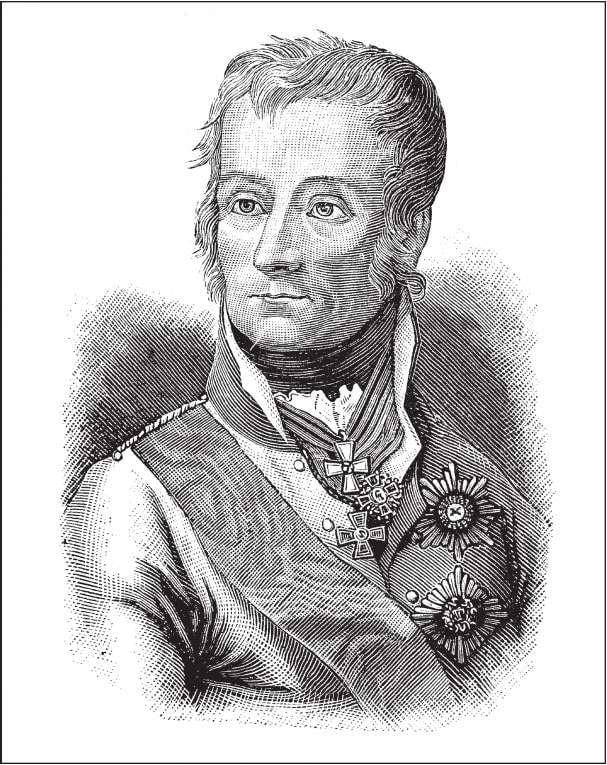
General Leonty Bennigsen, the first who managed to resist in an open battle against Napoleon
Coming from Hannover, the same age as Kutuzov (born in 1745), he came to the Russian service as an 28-year-old major, with little experience of participating in the Seven Years War. Bennigsen was once better known as one of the main participants in the conspiracy against Paul I. It was even believed that Alexander I did not forgive him for this, which, however, did not prevent Beningsen from giving high appointments and showering him with awards. However, the field marshal's baton Bennigsen never received, unlike Kutuzov and much less deserved Wittgenstein and Saken.
And yet he has a very decent place in the military stories Russia, and contemporaries, it seems, generally considered him one of the best generals of Russia. Even Leo Tolstoy paid attention to this in the pages of “War and Peace”: “... They said, on the contrary, that there was still no one more efficient and experienced than Bennigsen, and no matter how you turn, you will come to him. .. ”- this is just one of many judgments about the candidacy of the commander-in-chief of the Russian army in 1812.
Even before the confrontation with Napoleon, during the first Polish campaign 1792-1794, he was commended by Suvorov, who wrote that Bennigsen "discovered the qualities of a good cavalry officer - ardor, courage, speed." The general did not lose these qualities to the beginning of the 1806 company in Poland, and under Pultusk with the 40-thousandth corps he inflicted a cruel defeat on Lann’s corps, reporting it as a victory over Napoleon himself. For which he received the Order of St. George 2 degree, as well as command of the army.
However, already in the course of the operation, which in the first days of February 1807 of the year led the Russians and French to Eylau, Bennigsen managed to miss several opportunities to beat Napoleon’s marshals Ney and Bernadot in parts. The general tried with all his might to cover Königsberg, and also sought connections with the Prussian corps of Lestoc, reinforced with several Russian regiments. The Prussians tried to rely on the seaside part of East Prussia, covering Danzig, from which uninterrupted supplies from England were established.
In the days of a slow retreat to the environs of Königsberg and the Russian border, General P.I. Bagration, led by the rearguard of the army of Bennigsen, had to fight back from the superior forces of the enemy. On the night of February 8 (all dates - in a new style) Bagration managed to keep the burning Aylau behind the Russians - in fact, an excellent defensive position. However, as a result of the terrible nighttime confusion, when Commander Bennigsen, having almost no idea of the case, was virtually eliminated from leading the battle, the town was abandoned.
Preussis-Eylau, morning 8 February 1807 of the year. The French and Russians are at the starting positions. Davu is on the way, Ney is on the march, and Lestok is in a hurry for help.
But perhaps, when the strongest snowstorm started the next morning, it even played into the hands of the Russians, since the artillery received an unexpected opportunity to almost shoot French columns leaving the narrow streets of Eylau. By that time, having a French report intercepted by the Cossacks, Bennigsen knew that Napoleon was planning to deliver the main blow to his left flank. To this end, the 3 Corps of Marshal Davout hastily advanced to the battlefield. At the same time, the right flank was threatened with a detour of Ney, whose parallel course to the outskirts of Eylau was being moved to the von Lestoc regiments.
Davout’s strike was preceded by the corps of Marshal Soult — on the right-wing Russian wing and Marshal Augereau — in the center. It was this corps that, due to the outbreak of a blizzard, shifted from Eylau to the right and came under the destruction of the 70-gun Russian battery. Bennigsen, whose headquarters were located near the village of Auklappen, traveled several times directly to the lines of the Russian infantry regiments, without letting go of the battle management, and this is recognized by all memoirists, up to the very critical Ermolov and Davydov.
Bennigsen gave orders to the Russian reserve commander, General Dokhturov, who led a counterattack against Murat and Bessière's cavalry, which almost broke through the Russian center. After the divisions of the Davout corps entered the battle and the entire left flank of the Russian position was practically overturned, two episodes occurred that still remain the subject of controversy for historians. Even during the annual reconstructions of the battle around present-day Bagrationovsk, disputes arise as to how to portray Bennigsen.
It was at that moment when Davout's troops captured Kuchitten and almost cut off the communications of the Russian army, Bennigsen hurried to the rear, and according to his memoirs, he met Lestok’s suitable corps. Whether Bennigsen and Lestok were met is still debatable. Somewhere in the vaults of German museums there are even pictures of this meeting, but critics of the Russian commander prefer to say that he either got lost or just ran away from the battlefield, considering the matter lost. We take for the main thing that Bennigsen returned.
Nevertheless, the old Prussian Lestoc, who was already almost 70, arrived in time, and really rushed at Davou in the front ranks of his hussars. Anton Wilhelm von Lestok, this old Prussian hussar, whose ancestors were fugitive French Huguenots, died peacefully with a 77-year-old, six months before the end of the Napoleonic wars. But still in 75 he continued to fight with Napoleon, and the famous: “a hussar, not killed in 30 years, is not a hussar, but rubbish,” that is about him.
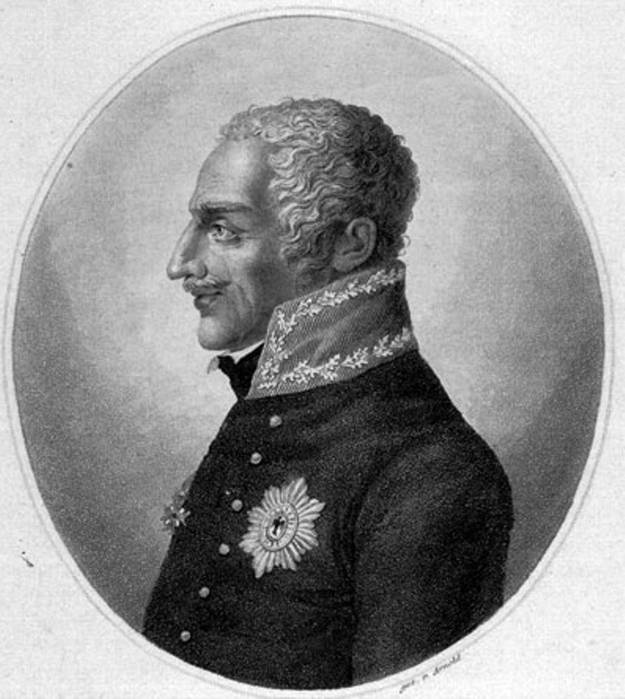
General Anton Wilhelm von Lestok - in Russia his decent portrait is not easy to find
Recall, these words are attributed just to the French - and Marshal Lanna, and General Lassalle, and von Lestoc was just lucky. It was fortunate not to be killed in 30 years and survive as part of the regiment of Citten, who, even under Frederick the Great, was the first to be thrown into the thick of it. Lestoka was lucky to be with the Russians on the battlefield near Eylau and rightfully deserve the glory of the winner of Napoleon, more precisely, one of the winners.
But Bennigsen, returning to the bet, which had already moved to the rear of the right-flank Corps Tuchkov, had already managed to the next controversial episode. However, in this case, the role of Bennigsen is much less arguing, rather, the laurels are divided. And they divide the two much more famous, already for 1812 year, the general - Kutaisov and Ermolov.
Kutaisov turned out to be under Eylau as commander of horse artillery, with the rank of major general, although he was only 22 of the year. However, there is nothing to be surprised at, since Colonel Kutaisov’s guard managed to get already 15-year-old - thanks to the patronage of his father, the all-powerful favorite under Pavel I. another, from one battery to another. And yet, no one said and would not say that his horse companies were at the right time in the right place without the knowledge of Kutaisov. However, without the knowledge of Commander-in-Chief Bennigsen, they too could hardly be there.
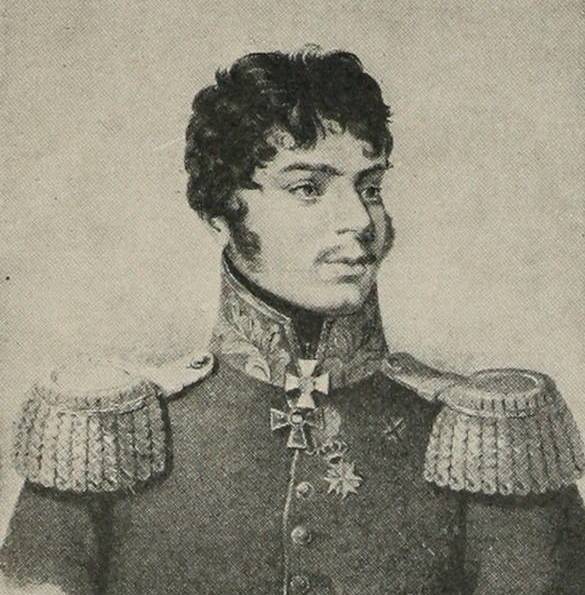
General A.I. Kutaisov - the young genius of the Russian artillery who fell at Borodino
As for Yermolov, he is the 30-year-old veteran of the first Polish company 1790-ies and the Persian campaign, Suvorov’s ally who survived disgrace and arrest, could well be under Eylau in the same rank as Kutaisov-Major General. However, shortly before the second Polish company, with great difficulty, after nine years of service in one rank - a lieutenant colonel, he was finally promoted - to a colonel.
And under the command of Yermolov they gave only ... a company of horse artillery, and he simply could not help being jealous of Kutaisov. It follows from the memoirs of the future conqueror of the Caucasus that it was he who made the necessary decision and brought two more to the retreating left flank in order to “strike Davust”.
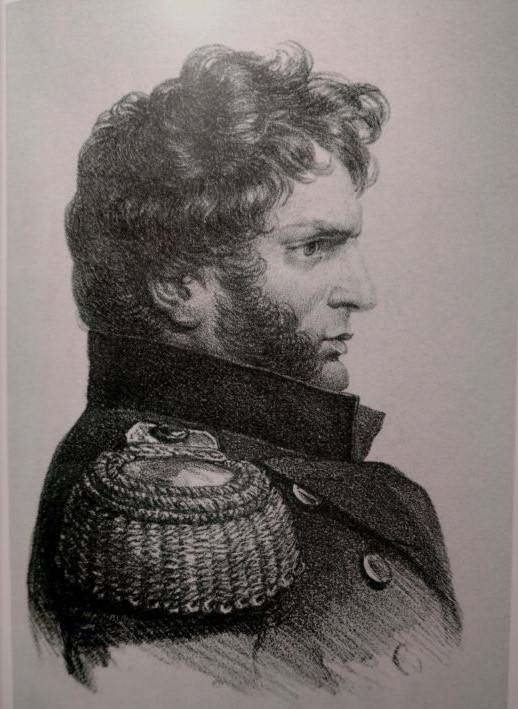
A.P.Ermolov - in the 1807 company of the year, this general had to be commanded only ... by a company of horse artillery
We will not even try to find out which of them, Kutaisov or Yermolov, promptly drove 36 guns of horse artillery under Auklappen and fought off a new onslaught of the Freean and Moran divisions. Much more important is the fact that the heroes of Eylau must be considered not only them, but Lestocq and even General Bennigsen. Let him give the order to retreat from the bloody field on which Napoleon for the first time could not win.
Field Marshal Kutuzov, who, by the way, vehemently hated Bennigsen, but tolerated him at the head of his headquarters in 1812, also ordered him to retreat from Borodino. He also ordered to leave Moscow, for which he was hated by literally everyone. For a long time, Kutuzov endured insults, not responding to accusations and slander, in order to "defeat the invincible." But for the first time such a definition applied just to Bennigsen.
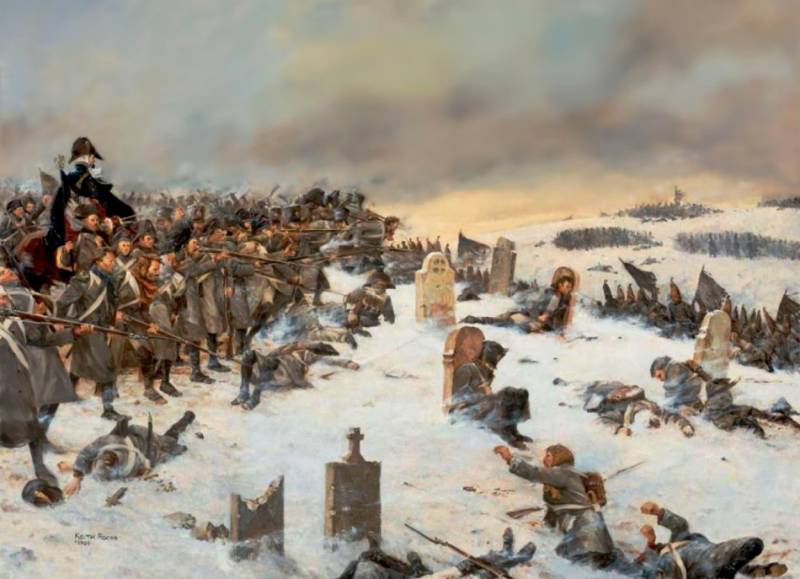
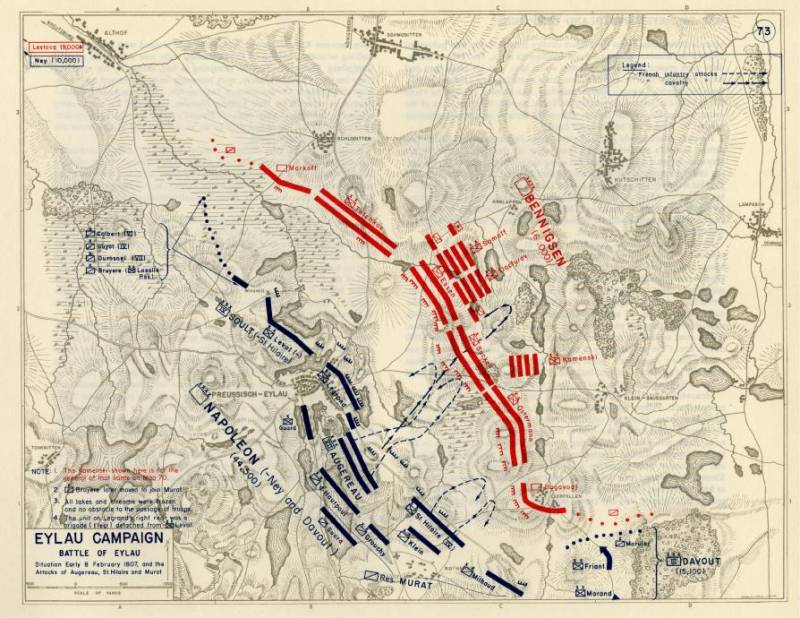
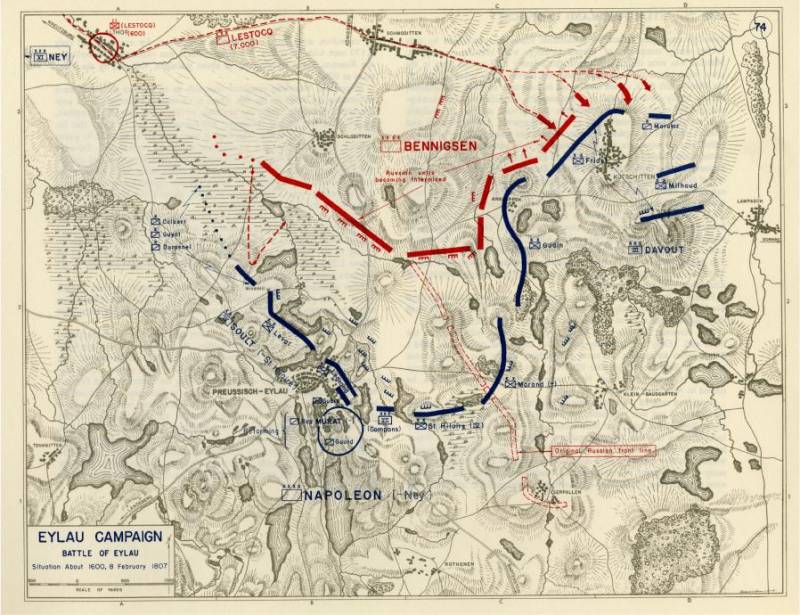
Information